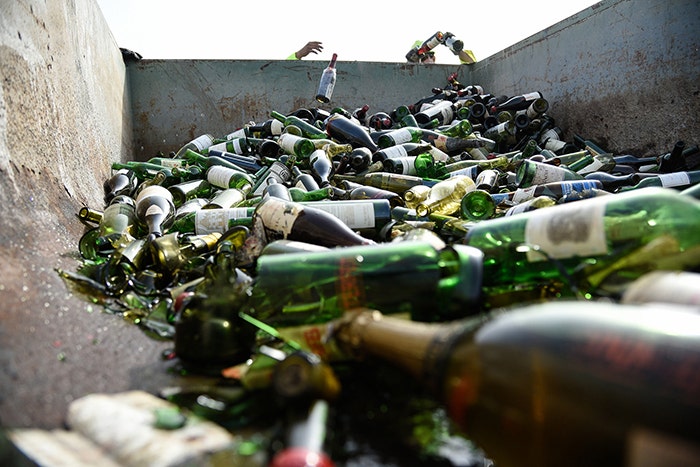Since covering a fateful auction in 2008, journalist Peter Hellman spent years following the strange saga of Rudy Kurniawan, who in 2013 was sentenced to 10 years in prison for selling untold millions of dollars in fake rare vintages. Hellman tells the phenomenal story of the mysterious fraudster in In Vino Duplicitas: The Rise and Fall of a Wine Forger Extraordinaire (The Experiment), published in July.
How was Kurniawan able to pull off such a huge scam?
The thing that allowed him to do it, primarily, was that he did have—everybody agrees—a great palate. He could identify wines blind. A dozen wines, he would nail 10 of them and get very close with two of them, and he did this repeatedly. That was thing one. Thing two is that he was extremely respectful of the taste he was going to create.
“The simple fact is those wines—1950 Château Lafleur, 1945 Romanée-Conti—whatever tiny trickle he was able to buy, dried up.”
If he was going to create a 1959 Clos Saint-Denis, he bought 1959 Burgundies from commercial négociants…. So he would, let’s say, pour out half a bottle of [a] 1959 Patriarch, and he would pour in half a bottle of a high-quality California Pinot Noir. When he got the proportions just right, you, the purchaser for many thousands of dollars of that bottle, if you opened it, you’d say, “Wow, it has the funk of old Burgundy but it also has this wonderful, youthful fruit still preserved after decades and decades! This is what great wine is all about!”
Given these talents and sums of cash, why did he need to do this?
In the early days, when he was buying a lot of wine, he was buying real wine, and he was opening real wine and he was selling real wine, but the simple fact is those wines—1950 Château Lafleur, 1945 Romanée-Conti—whatever tiny trickle he was able to buy, dried up. When he realized he couldn’t buy wines for any amount of money he said to himself, “Well, gee, my palate is good. I could make this wine!” He was an Indonesian of Chinese ethnicity who was basically doing nothing in this country until he discovered wine. Wine was his ticket to entering social circles of people of great wealth. Like any of us, he was enjoying that.
It’s fascinating to see how even connoisseurs bought into the illusion.
It is a seductive beverage, unlike any other, especially if you’ve been drinking many bottles. If you read [Acker Merrall & Condit auction house President] John Kapon’s notes of tastings with Rudy, by the time they’re on the 16th or the 20th bottle of wine and it’s 3 a.m., it’s easy to imagine that one could believe that what’s in the crystal glass is the real thing. And those tastings often began with Champagne. As Burghound [wine critic Allen Meadows] said to me, “Nobody wants to kill the buzz.” That’s an important factor in Rudy being able to fool so many people.
But, in the end, he didn’t fool Burgundian winemaker Laurent Ponsot, who turned detective to solve the mystery posed by Rudy’s fraudulent wine.
Laurent Ponsot was more than any single person the reason Rudy is now serving 10 years in prison. What’s unusual about Laurent Ponsot is he pretty much could have let things stand where they were. There were other Burgundian domains where I believe the proprietors said, “If those crazy Americans want to spend many thousands of dollars per bottle for wine that’s supposed to be from my domain, that’s not my problem, let them do it. It only increases the value of my current vintage.” Laurent Ponsot didn’t want people to taste a bottle with a label that said Ponsot on it and be disappointed.
New York City-based journalist Peter Hellman is also the author of When Courage Was Stronger than Fear, Chief! and Fifty Years After Kitty Genovese.
Last Updated: May 4, 2023
















